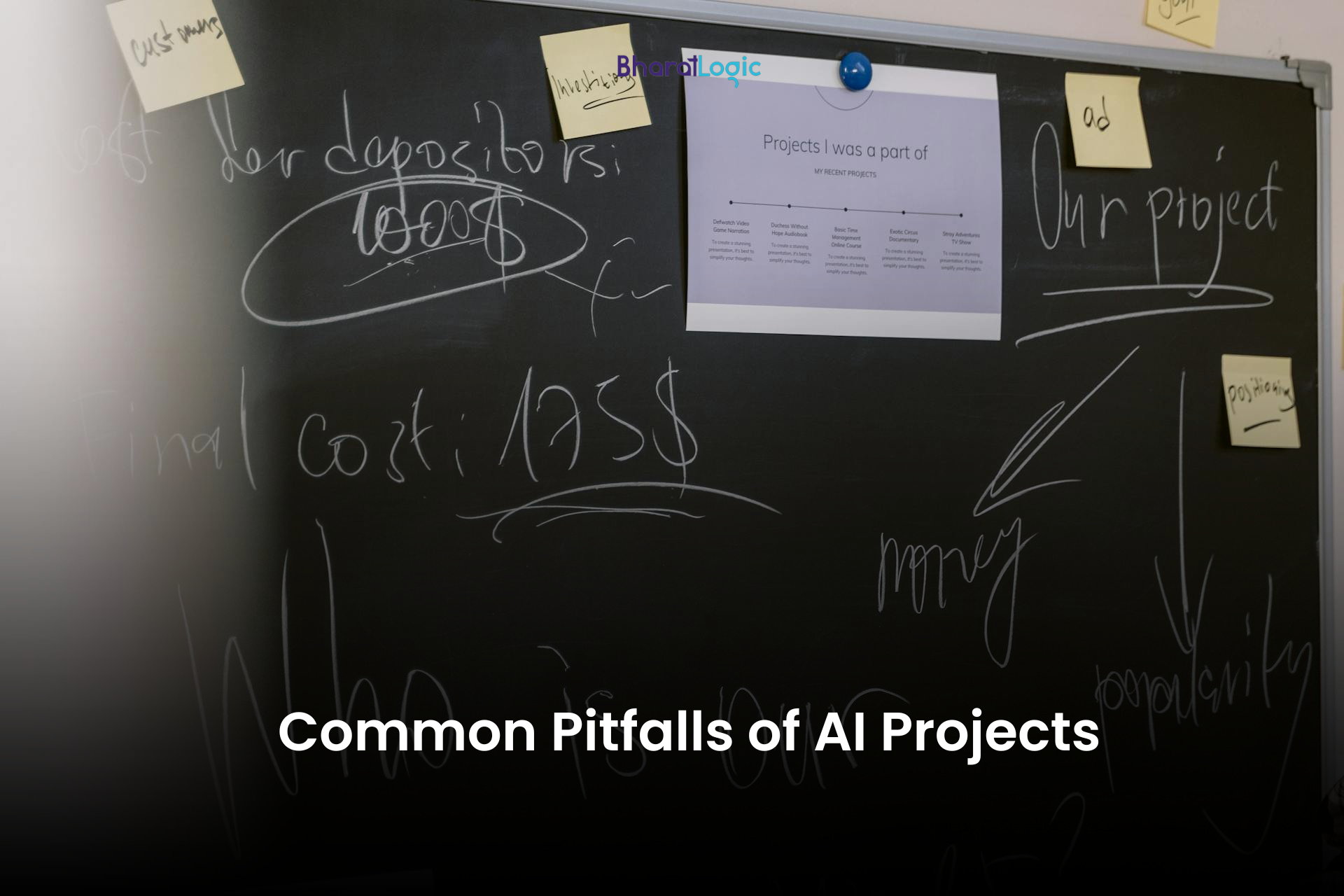AI Project Success: From $50K Loss to 38% Productivity Gain
When $50K Vanished Into Thin Air
It started with excitement. A mid-sized healthcare services company invested $50,000 in an AI-driven platform they were told would “revolutionize” operations. The promises were dazzling automated data entry, faster claim processing, and more efficient workflows.
But within three months, the project was quietly shelved.
- No integration plan.
- No clear goals.
- No measurable outcomes.
The result? $50K lost and worse, a team demoralized by another failed “digital transformation” initiative.
Yet this isn’t where the story ends. Because just months later, the very same company, with the same systems and team, saw a 38% productivity gain in less than four weeks. The difference wasn’t a new technology stack or flashy AI tool. It was something deceptively simple: clear objectives tied to business outcomes.
AI project success isn’t about buying the latest tool it’s about aligning technology with strategy. Let’s explore how businesses can turn failures into measurable wins.
The Common Pitfalls of AI Projects

AI implementation challenges are remarkably consistent across industries. Whether in healthcare, finance, retail, or manufacturing, most failed AI initiatives collapse under the weight of similar mistakes:
1. Lack of Clear Goals
Too often, organizations start with technology, not the problem. An AI vendor promises “automation” or “prediction” but no one defines what success looks like. Without specific KPIs (e.g., reduce manual claim processing time by 25%), the project drifts aimlessly.
2. No Integration With Existing Systems
A standalone AI model in a PowerPoint demo is easy. Real-world impact requires connecting that model to live workflows, databases, and decision systems. Failure to integrate creates “shadow projects” that never move beyond pilot stages.
3. Overhyped Promises Without Execution Strategy
Many companies buy into vendor hype “AI will replace human effort.” In reality, AI augments, not replaces. Without an execution roadmap, expectations collapse into disappointment.
4. Misalignment Between Technical Teams and Business Outcomes
The AI team optimizes accuracy scores. The business team cares about reducing costs and improving turnaround times. When these two worlds don’t align, success becomes impossible to measure or worse, irrelevant.
These pitfalls lead to the same outcome: wasted budgets, frustrated executives, and eroded trust in digital IT solutions.
The Turning Point: Why Clear Objectives Matter

After the failed $50K project, BharatLogic was called in. Our first question wasn’t, “Which AI platform do you use?” but instead:
“What outcome are you actually trying to achieve?”
This simple shift from tool-focused to objective-focused changed everything.
Defining Success Early
Instead of abstract goals like “automation,” we helped define measurable, business-centric KPIs, such as:
- Reduced manual hours: Automating repetitive claim entry tasks.
- Faster data insights: Cutting report generation from 3 days to 3 hours.
- Improved customer experience: Reducing call center wait times by 20%.
Aligning AI With Business KPIs
By connecting the AI system directly to outcomes that executives already valued, every stakeholder understood what success looked like. The AI team stopped chasing abstract metrics and started driving business performance.
Why Objectives Unlock AI Project Success
When objectives are clear, three things happen:
- Integration becomes purposeful — technology connects to existing workflows to meet defined goals.
- Teams align — technical staff, managers, and executives rally around shared KPIs.
- Measurement is possible — executives can see ROI within weeks, not years.
The Transformation Journey

So how did a failed $50K experiment turn into measurable productivity gains? The journey followed a structured, pragmatic process:
1. Audit the Failed Project
We reviewed the original implementation. The issues weren’t in the technology itself but in the lack of alignment with existing workflows. The AI model had no clear “job to be done.”
2. Redefine Objectives
Working with leadership, we established three clear objectives:
- Automate 30% of manual claim entry.
- Reduce claim processing turnaround by 20%.
- Deliver measurable results in under 6 weeks.
3. Integrate With Existing Workflows
Rather than building something “new,” we connected AI into the tools already in use claims software, databases, and reporting dashboards. This minimized disruption and maximized adoption.
4. Test → Iterate → Scale
Instead of another “big bang launch,” we deployed in small pilots, tested impact, and scaled only what worked.
5. Real Results in Weeks
Within four weeks, the company saw:
- 38% productivity gain in claim processing.
- Reduced manual effort equivalent to 400 saved staff hours per month.
- Higher employee satisfaction as repetitive work decreased.
This wasn’t a miracle. It was the result of a clear objective-driven AI strategy.
Key Lessons for Businesses

What can other companies learn from this journey?
1. Don’t Start AI Without Clear KPIs
If you can’t measure it, you can’t manage it. Define KPIs before writing the first line of code. Success with AI isn’t about how “intelligent” the model is — it’s about the impact it delivers. Establish measurable outcomes tied to business goals (e.g., reduced churn, improved forecasting accuracy, or faster processing times) and revisit them regularly.
2. Integration Is Non-Negotiable
AI cannot live in a silo. True productivity gains come when solutions are tightly integrated into existing IT systems and workflows. If AI outputs aren’t accessible to frontline teams or connected to core platforms like CRMs, ERPs, or supply chain systems, their value is lost in translation.
3. Partner With Experts Who Bridge Tech + Business
AI success requires a translator a partner who understands both advanced technology and real-world business outcomes. These hybrid experts ensure that models are not only technically sound but also tailored to solve high-priority, domain-specific problems.
4. Start Small, Scale Fast
A common trap is trying to build the perfect AI solution upfront. Instead, focus on quick wins pilot projects with narrow scope but high visibility. Prove value early, build internal buy-in, and then scale with confidence and momentum.
From Failure to AI Success

AI projects don’t fail because of technology they fail because of misaligned objectives, poor integration, and lack of business focus. But as the $50K failure turned 38% productivity gain proves, failure is not final. With the right strategy, businesses can transform setbacks into success stories.
At BharatLogic, we help companies design AI-driven platforms, AI agents, software, mobile apps, websites, and IoT solutions all built on a foundation of clear objectives and measurable ROI.
Let’s turn your AI investment into success. Connect with BharatLogic today.

